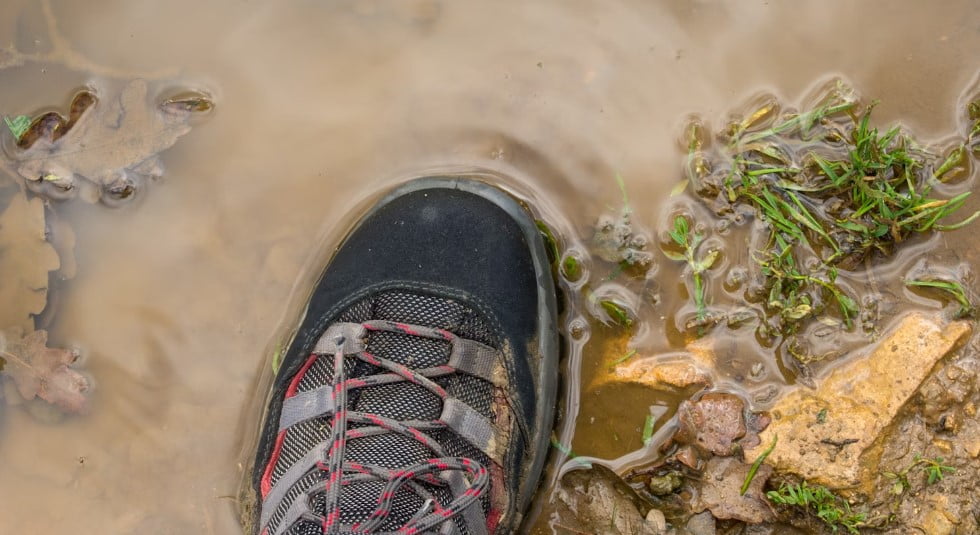
Water is essential for life, but it’s not always as clean as it should be. You rely on water for drinking, cooking, and bathing. Thus, it’s crucial to be able to recognize signs of contamination to protect yourself and your family. Contaminated water can harbor harmful substances like bacteria, chemicals, and pollutants, posing serious health risks if consumed or used improperly.
Water pollution poses a significant environmental threat, impacting not only wildlife but also human health. Inorganic and organic pollutants are particularly concerning due to their high toxicity and persistence, challenging current treatment methods.
Research efforts focus on detecting and remedying contaminated water bodies and effluents. Analysis reveals a diverse range of contaminants across the Americas, with some remediation alternatives available. The key challenge lies in implementing tailored sanitation measures at the local level to address specific geographical needs effectively.
In this blog post, we’ll discuss effective ways for you to identify signs of water contamination. This will empower you to take proactive steps to safeguard your well-being and ensure the water you use is safe.
Odd Taste and Smell
When your water has an odd taste or smell, it could indicate contamination. Trust your senses—any deviation from the usual could be a red flag. Chlorine or metallic tastes, or a musty odor, are common signs to watch out for. These can point to chemicals or organic matter present in the water.
Unpleasant odors, such as a rotten egg smell, may suggest the presence of hydrogen sulfide. This gas can occur naturally in groundwater but can also result from industrial activities. If you notice these smells, it’s wise to investigate further to ensure water safety.
Sometimes, water with a strange taste or smell might be due to harmless factors like minerals. However, it’s better to be cautious and have the water tested to rule out any potential risks. Even subtle changes in taste or smell should prompt you to take action to ensure your water is safe for consumption.
Changes in Water Color
Changes in water color can signal potential contamination issues. Be attentive to any alterations in color, which could indicate sediment or pollutants. Brown, yellow, or cloudy water may suggest the presence of contaminants. These changes could stem from sources like soil runoff or corroded pipes.
A cloudy appearance might indicate suspended particles, while a yellow or brown tint could point to sediment. Such changes in color are often a result of environmental factors or aging infrastructure.
Changes in water color aren’t limited to drinking water: they also affect natural bodies like rivers and oceans. The presence of contaminants can alter the color of water in natural bodies such as rivers, oceans, and so on. In 2022, an environmental group found that around half of US beaches experienced potentially unsafe water contamination levels.
Specifically, 1,761 out of 3,192 beaches tested exceeded the EPA’s Beach Action Value for fecal contamination on at least one day. Furthermore, 363 beaches consistently had high levels of fecal contamination, exceeding safety thresholds on at least a quarter of the testing days. This highlights ongoing concerns regarding water quality and the need for continued monitoring and regulation to ensure safe recreational environments.
Unexplained Illness or Health Issues
If you or your family experience unexplained illnesses or health issues, it could be linked to water contamination. Symptoms like gastrointestinal problems or skin irritations might indicate exposure to contaminated water. Pay attention to any unusual health changes that arise seemingly without cause.
Contaminated water can lead to unexplained and unwanted health conditions that might manifest years after exposure to such contamination. One prime example of this could be the Camp Lejeune water contamination, where residents unknowingly drank contaminated water for years.
According to TorHoerman Law, severe health diseases such as cancer, miscarriage, neurological effects, infertility, etc., were detected in those who were affected by the contamination. These health conditions took a significant toll on victims’ physical, emotional, and financial well-being.
However, these victims are now empowering themselves by collaborating with skilled lawyers to seek legal remedies for their suffering. With the help of these lawyers, they are filing a Camp Lejeune lawsuit to seek compensation.
Presence of Sediment or Particles
When sediment or particles are present in water, it could indicate contamination. These particles might come from various sources, including soil runoff or deteriorating infrastructure. Notice any floating debris or suspended solids, as they can signal water quality issues.
Sediment or particles can affect water clarity and may impact its safety for consumption or recreational activities. Such contaminants may contain harmful substances or pathogens, posing health risks. Regular monitoring of sediment or particles in water is crucial for ensuring its safety and quality.
If you observe sediment or particles in your water supply, it’s essential to investigate further. Consider contacting local authorities for water testing to identify potential contaminants. Taking proactive steps can help mitigate risks and ensure the water remains safe for use.
Testing Water Quality
According to Spherical Insights, the North American water quality monitoring industry reached approximately $1,708.7 million in 2023. The market would experience a CAGR of 6.67% between 2023 and 2033, reaching a valuation of $3,259.7 million by 2033. These figures showcase the growing awareness of water quality monitoring systems.
Testing water quality is crucial in identifying potential contamination issues. Conducting regular tests can help detect harmful substances or pathogens present in the water.
Professional laboratory analysis offers more accurate and detailed results, providing insights into specific contaminants present in the water. Local authorities or environmental agencies may offer testing services or recommend certified laboratories. Regular testing ensures ongoing monitoring of water quality and helps protect against potential health risks associated with contamination.
Monitoring Environmental Changes
Keeping an eye on environmental changes is essential for detecting water contamination signs. Observing alterations in the surrounding area, such as industrial activities or agricultural runoff, can signal potential risks.
Environmental changes, such as increased sedimentation or discoloration of water bodies, can indicate contamination. Pay attention to any changes in wildlife behavior or vegetation growth near water sources. These changes may suggest underlying issues affecting water quality.
Regular monitoring of environmental changes helps in the early detection of potential contamination threats. By staying vigilant and proactive, you can take necessary measures to protect water sources and mitigate risks to both human health and the environment.



